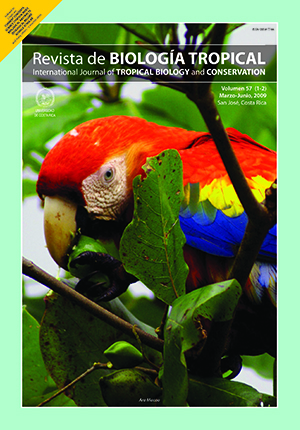Abstract
Laguna Cuyutlán, the only large wetland in a span of 1 150 km along the Pacific coast of México, has been neglected as to its importance for waterbird conservation. At least 25 waterbird species nest there, with some of their colonies being very relevant, and at least 61 waterbird species use the lagoon during their non- breeding season. This lagoon has been subject to several structural modifications, including levees and artificial channels which connect it to the sea, while water supply from continental sources has diminished, although its role has not been assessed yet. Salt extraction and artisanal fishery, the main economic activities, do not seem to pose a threat to waterbirds. Among potential threats to this acquatic ecosystem, are the raw sewage discharges that exist near urban areas, and pesticides from the surrounding agricultural lands might reach the lagoon. Seemingly, the most serious threat comes from waterway development in connection with a re-gasification plant to be built, and planned future port expansion, which could potentially increase water levels and alter important habitats for nesting and foraging. We recommend that: the area be declared an Important Bird Area; the development of the re-gasification plant and future port includes a levee to prevent alterations in water level in the remaining sections of the lagoon; supply of exogenous chemicals and waste products be prevented and monitored; alleged benefits from water interchange between the lagoon and the sea through artificial channels should be re-evaluated; and the role of fresh water supplies to the lagoon should be paid attention to.##plugins.facebook.comentarios##

This work is licensed under a Creative Commons Attribution 4.0 International License.
Copyright (c) 2009 Revista de Biología Tropical
Downloads
Download data is not yet available.






